The title of this special episode is also the title of a documentary and sums up what happened to Gurgel: Dreams also rust. This is the story of the rise and fall of João Augusto Conrado do Amaral Gurgel’s ultimate dream: to build the first true Brazilian car.
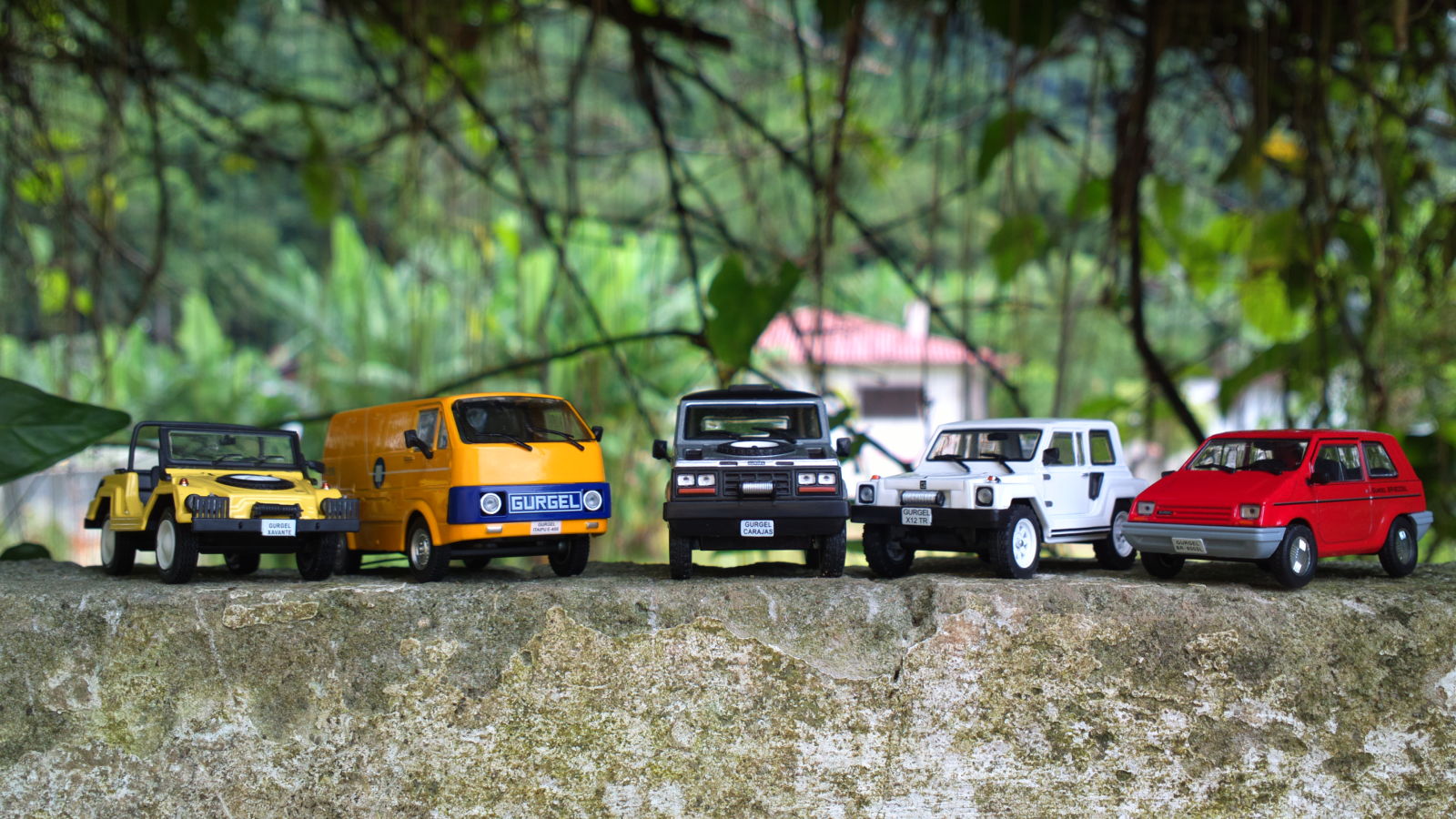
Gurgel (pronounced goor-gel, like in hair gel) is considered to be the only full blown Brazilian auto maker. Sure we had Pumas, Miuras, DKWs, Simcas, VWs, Fiats and etc, but all them were coachbuilders (building Pumas over VW chassis, for example) or worldwide companies. Only Gurgel stood proudly as 100% Brazilian.
![Illustration for article titled [Samba Sunday Special] Gurgel: Sonhos também enferrujam](./dodh1vm9pajtfwnqm5wh.jpg)
History says that young Gurgel, on his last year (1949) on São Paulo’s Polytechnic School, presented a project of an affordable city car that he name Tião for his professor, and being told by him that “we don’t make cars. We buy them”. He went and made the lifting crane project his professor asked but kept his projects and ideas for him. Starting with mini-cars for children, passing through karts with Mokart (Wilson Fittipaldi and José Carlos Pace started their careers on Gurgel karts) and, some years later in ‘69, founding the Gurgel Veículos (Gurgel Vehicules) company and introducing the Ipanema, his very first car.

The result was very good. Not only the Ipanema was a beauty on its own, it quickly earned a reputation of being a very good offroader. Seeing that many of the buyers of it used the car on dirt roads instead of enjoying the beach dunes, he quickly did some modifications to the design so it could become more rugged and suitable to offroad use. In 1973 those modifications gave birth to the X10, later called the Xavante.
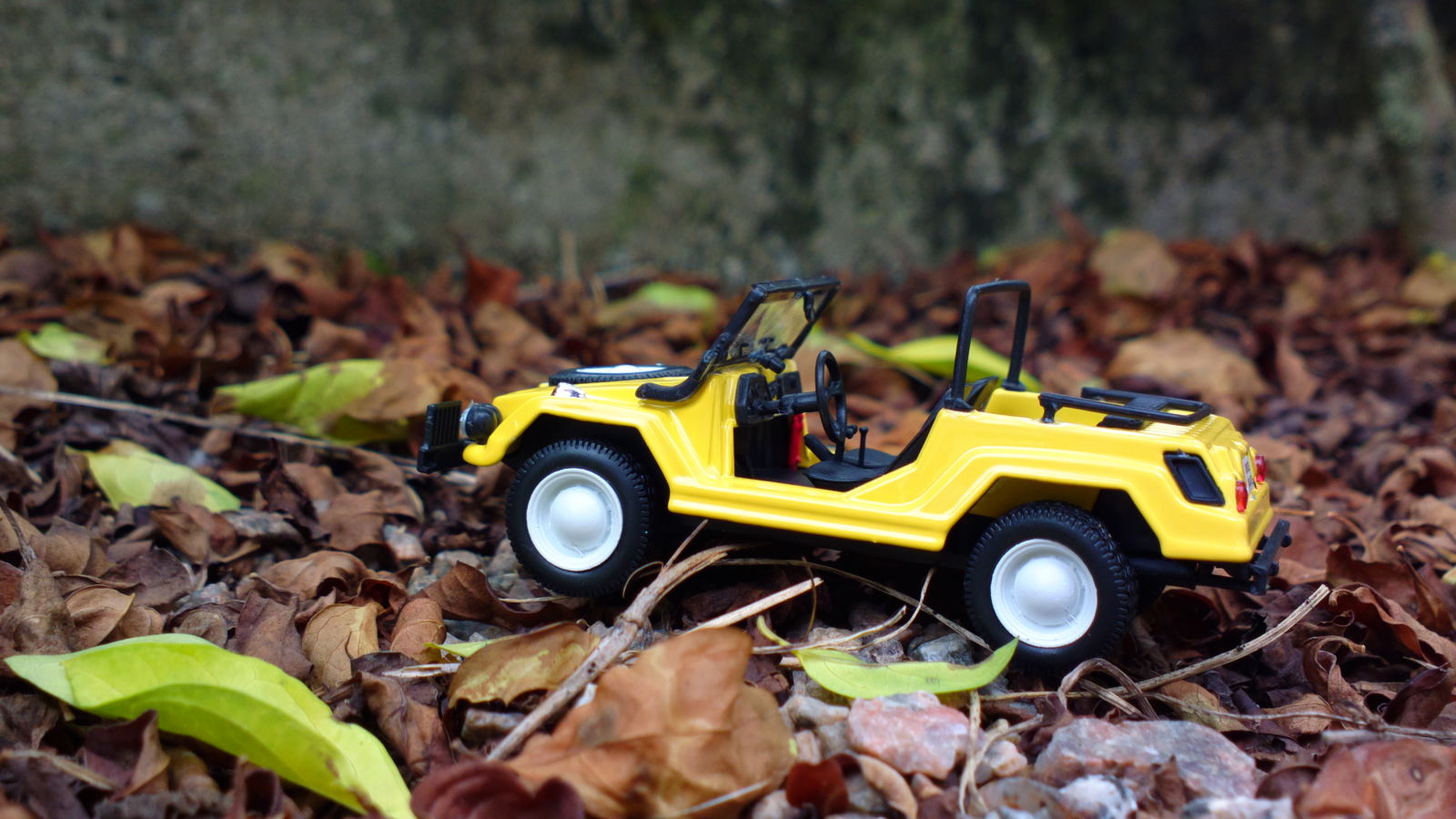
It was such an immense success that it was the main car of Gurgel’s line. The initial X-10 Xavante later evolved to the X-12 and ended as the Tocantins. It had a nice clearance from the ground and you could fold down the windshield to enjoy the cosmetic benefits of a mud mask. It was the first car to be made with Gurgel’s patented Plasteel chassis, a material that had a very high torsional resistance, corrosion resistence and strength, and a mix of fiberglassand plastic for the body. The engine was still the very known, easy to fiddle, VW aircooled unit. And the comfort? Well, since the only other offroader we had at the time, the Willys Jeep, was hard and uncomfortable, Gurgel asked Roberto Godoy Moreira, a medic, for help in designing anatomical and comfortable seats.
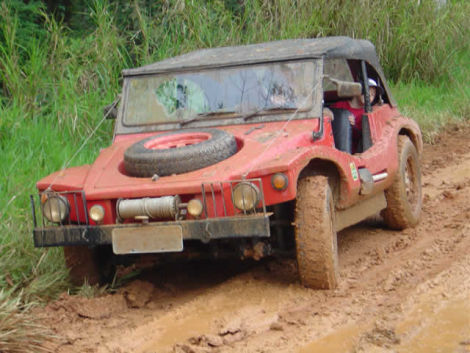
Gurgel was so proud of the resistence of the plastic+fiberglass body that legend says they kept a baseball bat on the factory, so visitors could slam as hard as they could the cars (before they were painted, of course) to see how strong it was. Having a plasteel chassis with a plastic and fiberglass body made those beasts completely immune to rust.
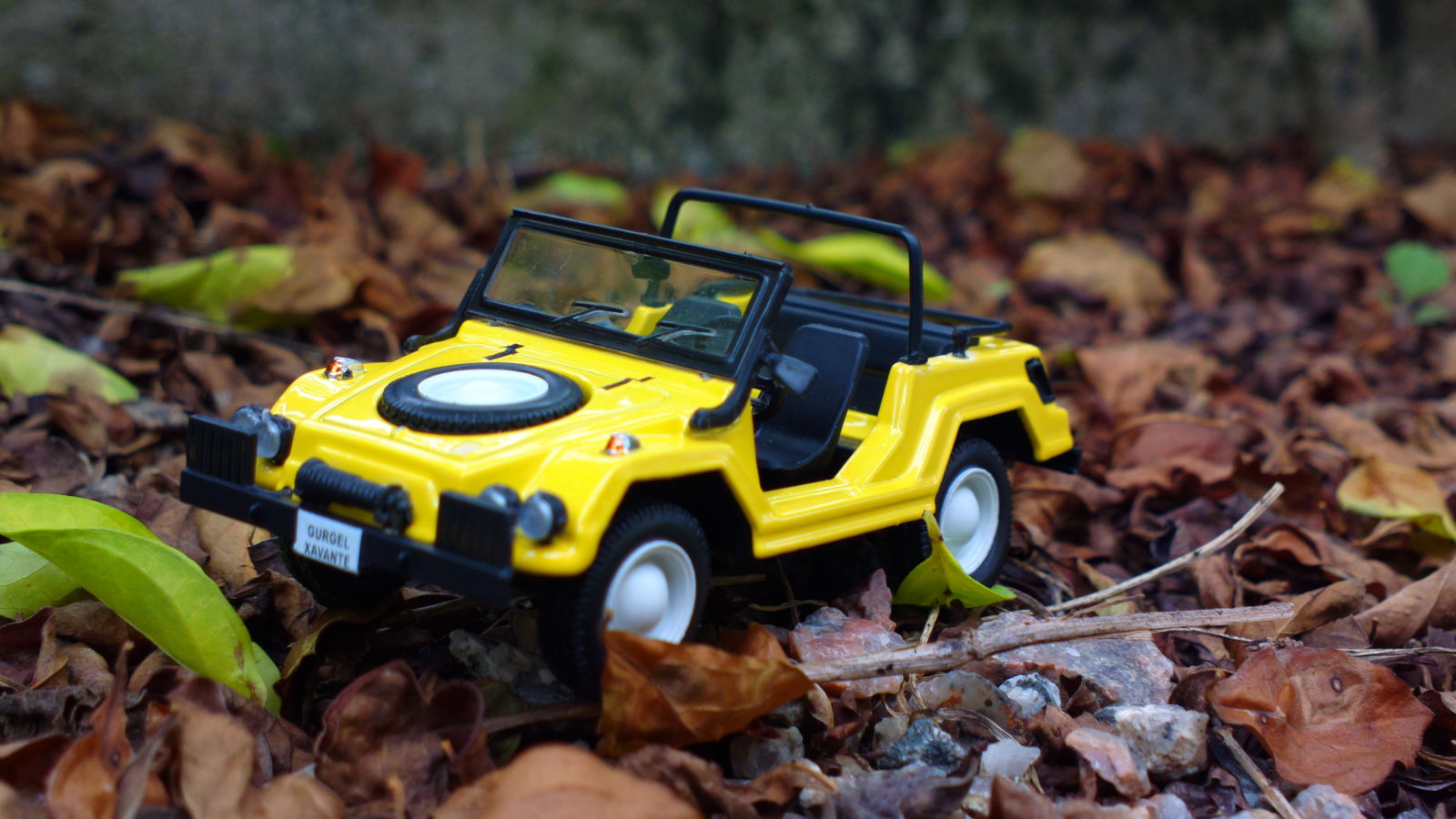
Being an offroader, Gurgel developed what he called the Selectraction system. It was simply a second “handbrake” that acted on the differential, locking the wheel without traction and sending the power only to the other. It was almost as good as a 4x4 on the mud, but this mechanism was way cheaper and lighter. Not only the drivers liked it, for being so different from the other buggies, but the Brazilian Army also saw its potential, making a big order.
![Illustration for article titled [Samba Sunday Special] Gurgel: Sonhos também enferrujam](./ctkl9bvyidjtde184re6.jpg)
Gurgel made some small modifications to the Xavante for the army, and in 1975 introduced the X12, the civilian version of the army model. Being a little larger and heavier than the X10, the 1,300 cc engine from the Beetle couldn’t do very much. 49hp and 0-60 in 38 seconds, with a not-so-good stability on the corners. However, who needs powaaah on the mud? Its offroad suspension, ground clearance and freshly introduced comfort (quite an improvement from the Xavante) made it the best car for offroad use you could buy here at the time.
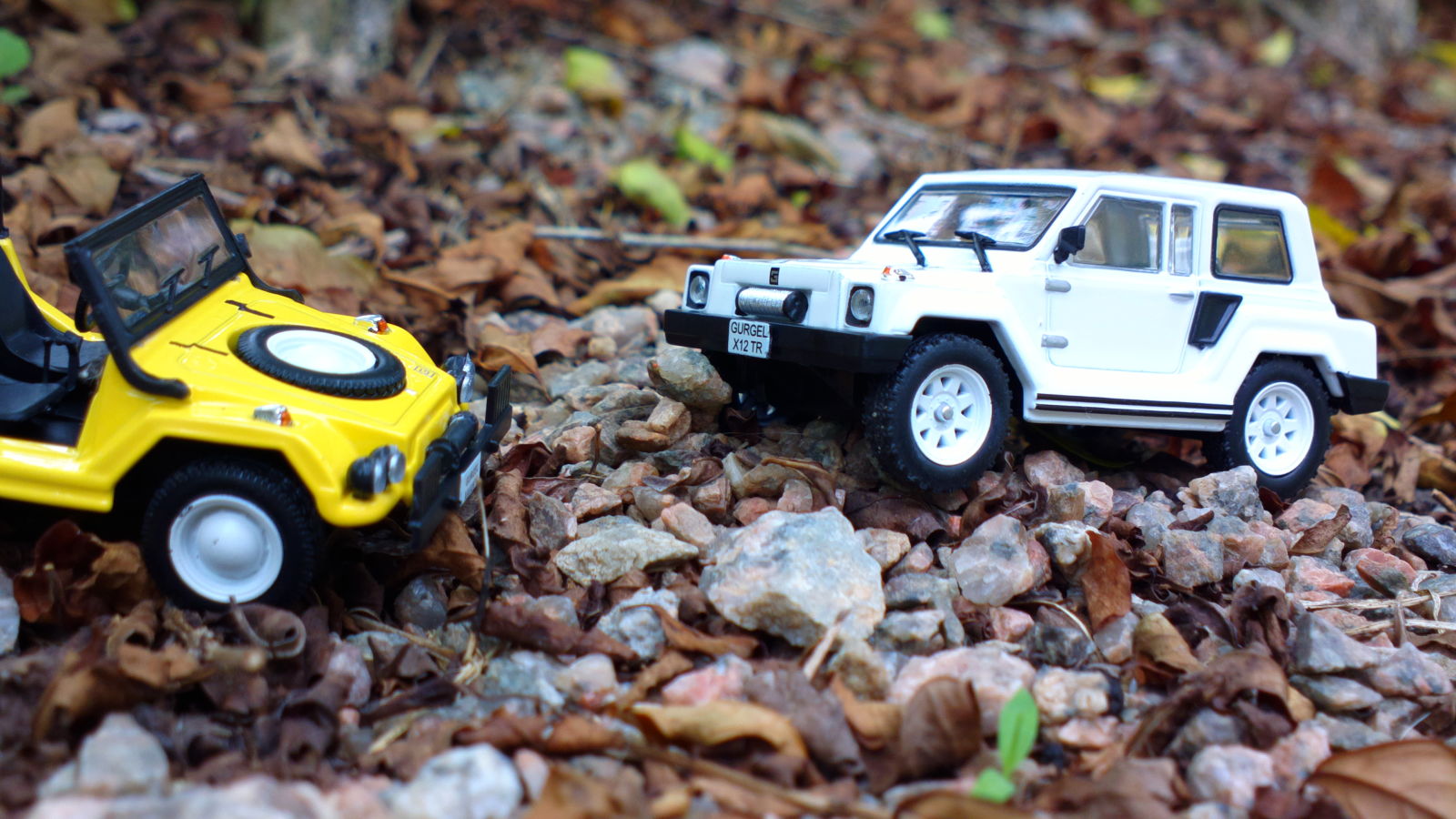
The model on the photo, the X12TR came a year later, the only difference from the vanilla X12 being the rigid roof. Let’s check on this small list below how cool it was:
- Winch on the front? Check
- Lateral air scoop to cool the engine? Check
- Frunk? Yissss
- Extra gas can docked on the rear like those old Jeeps? Heck yeah check!
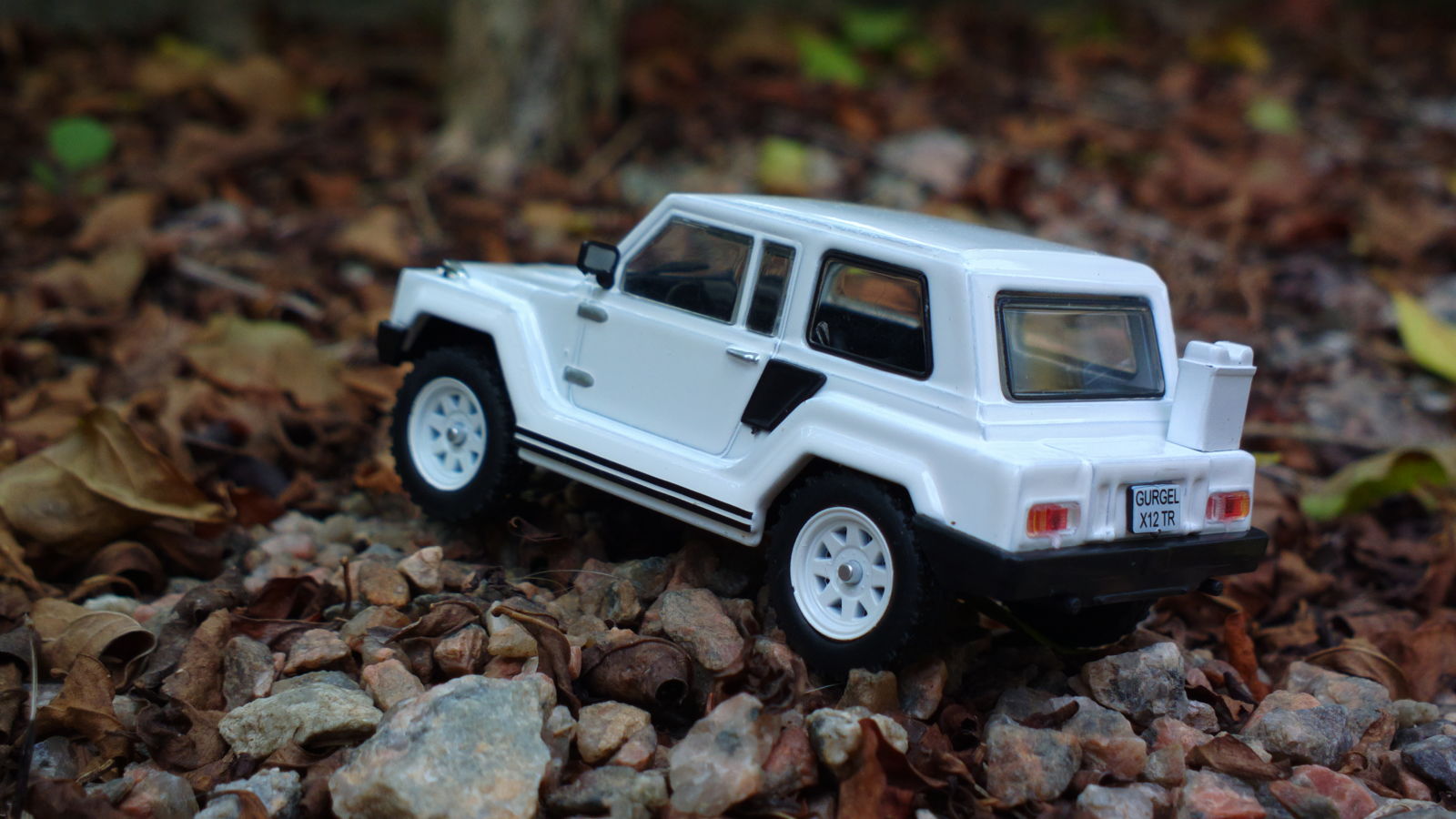
Gurgel trusted their mud-tested-army-approved plasteel chassis so much that he offered the first 100,000 km warranty in Brazil. They made quite a lot of money with their utility vehicles, so in the 70's they had to expand and move to a bigger factory. Gurgel chose the municipality of Rio Claro, in São Paulo, to build his new 13,000 m² factory. With the expansion of the production, they quickly began to be exported. Some countries that loved Gurgels were Saudi Arabia (since aircooled engines don’t boil), Cuba and Angola.
![Illustration for article titled [Samba Sunday Special] Gurgel: Sonhos também enferrujam](./ffb6tbduxm53pgc8fjil.jpg)
During the 70's oil crisis, while the military government was spending heavily on research for an alternative fuel (a research that later gave birth to the Proalcool), Gurgel took a different way, projected and built the Itaipu, a small electric city car. This gives a good view of how visionary Amaral Gurgel was: The year was ‘74, but he built a urban electric car. Unfortunately, it used acid-lead batteries, and mileage wasn’t that great.
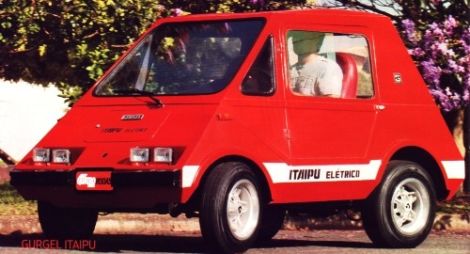
However things were a bit different with the utilitary Itaipu, badged Itaipú E400. Being a small van, it had a lot of space to store a lot of batteries, and its range was way better! Albeit expensive, it sold quite well for companies, and many were used as service vehicles.
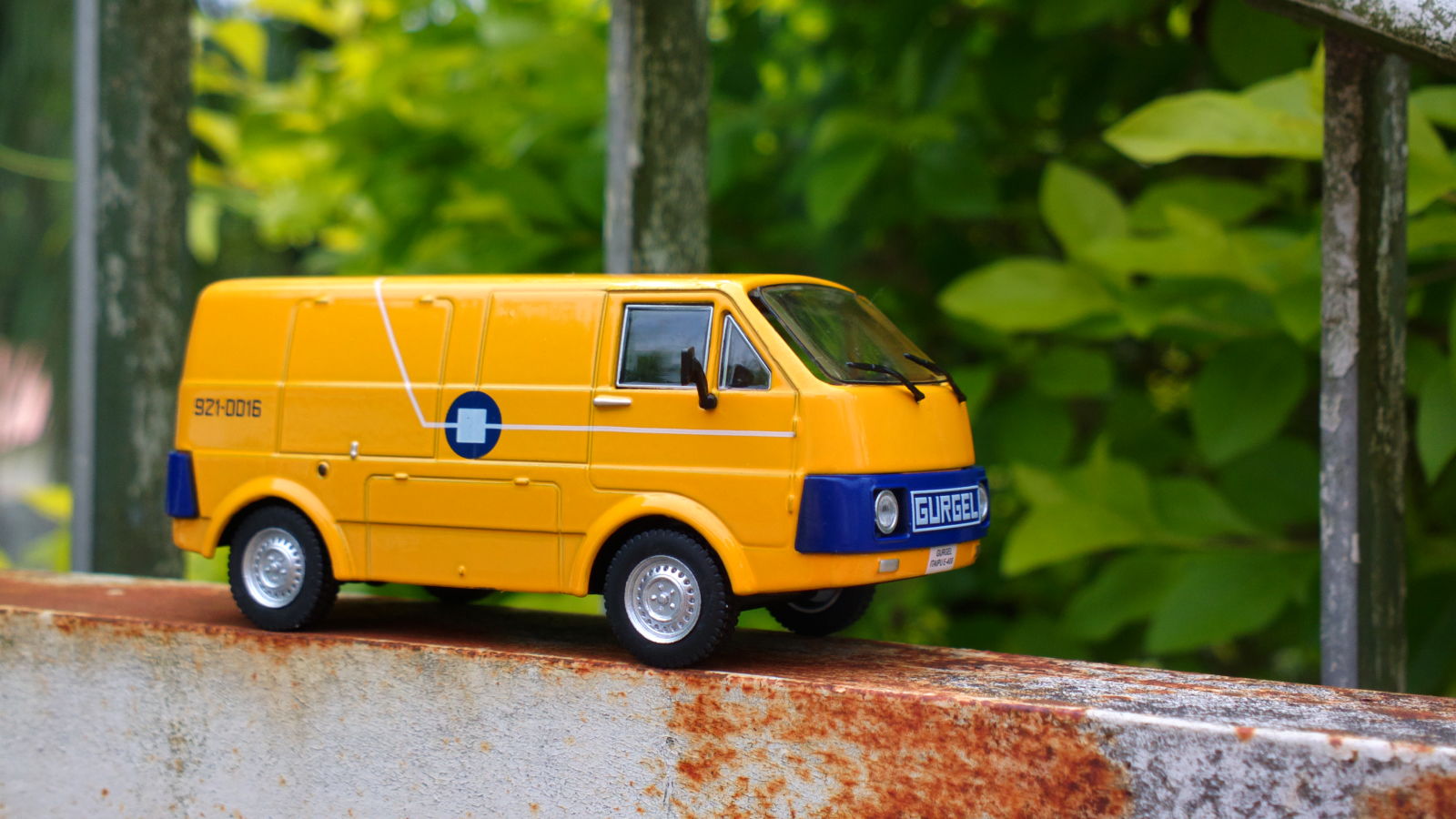
The E400 quickly evolved in several other cars. Some years later the E400 CD (double cab, in portuguese) was released as a double cab pickup truck. Today very few of those rest original, because it was so expensive to replace the batteries that many were fitted instead with a VW Kombi engine.
![Illustration for article titled [Samba Sunday Special] Gurgel: Sonhos também enferrujam](./r2yfuggmsv3nsojegvdr.jpg)
Even though the range was better than the first Itaipu it was still unsuitable to service between cities, or for long range quests. Gurgel then introduced the G800, the gasoline version of the E400. With the introduction of the G800 Gurgel introduced also a lot of very interesting concepts and variants: The G800CD was the double cab pickup truck, the Maxi-Taxi was, well, a taxi, and the Cruiser a factory-original motorhome, with an extra 3ft of length.
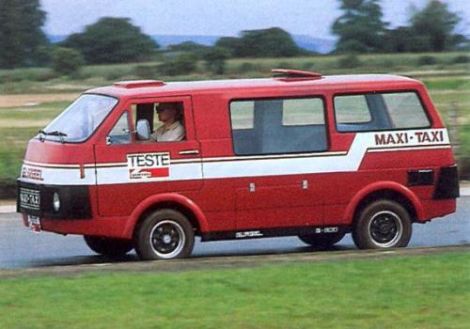
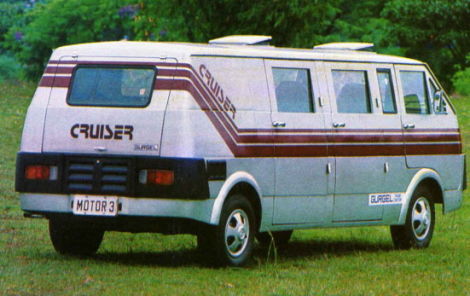
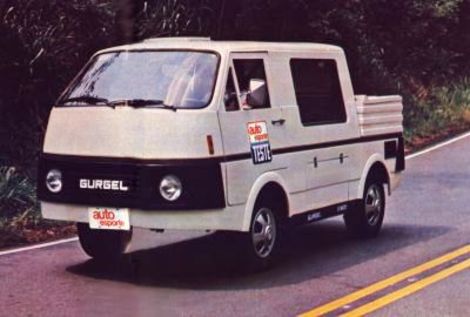
Back to the cars. During the last half of the 70's Gurgel had more the 75% of the market share for utility cars! They sold way more Gurgels than Toyota Landcruisers and Willys Jeeps. During the 80's they also introduced the X-15 (probably my favorite Gurgel) and the XEF, their first urban car. The XEF was such a cute thing, looking like a mini-Mercedes, being one of the few cars of the world have only one row of seats, for three people side-by-side.
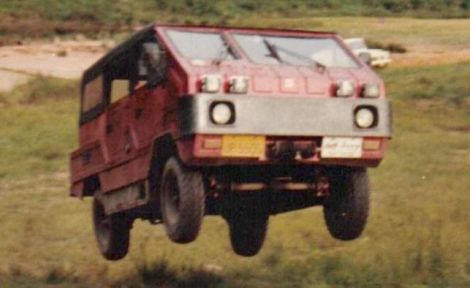
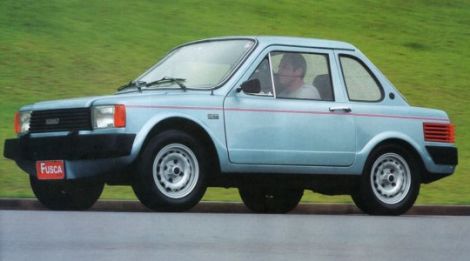
Gurgel grew year after year. As an example, in ‘85 the Brazilian auto industry grew 12.8%, in mean, while Gurgel alone expanded 46%!!! They made roughly 120 cars per month and had more than 64 dealerships. Not only the dealerships, Gurgel built what was called the Gurgel Center, to sell Gurgel official merchandise like clothes, hats, bags, tape players and everything you could think of.
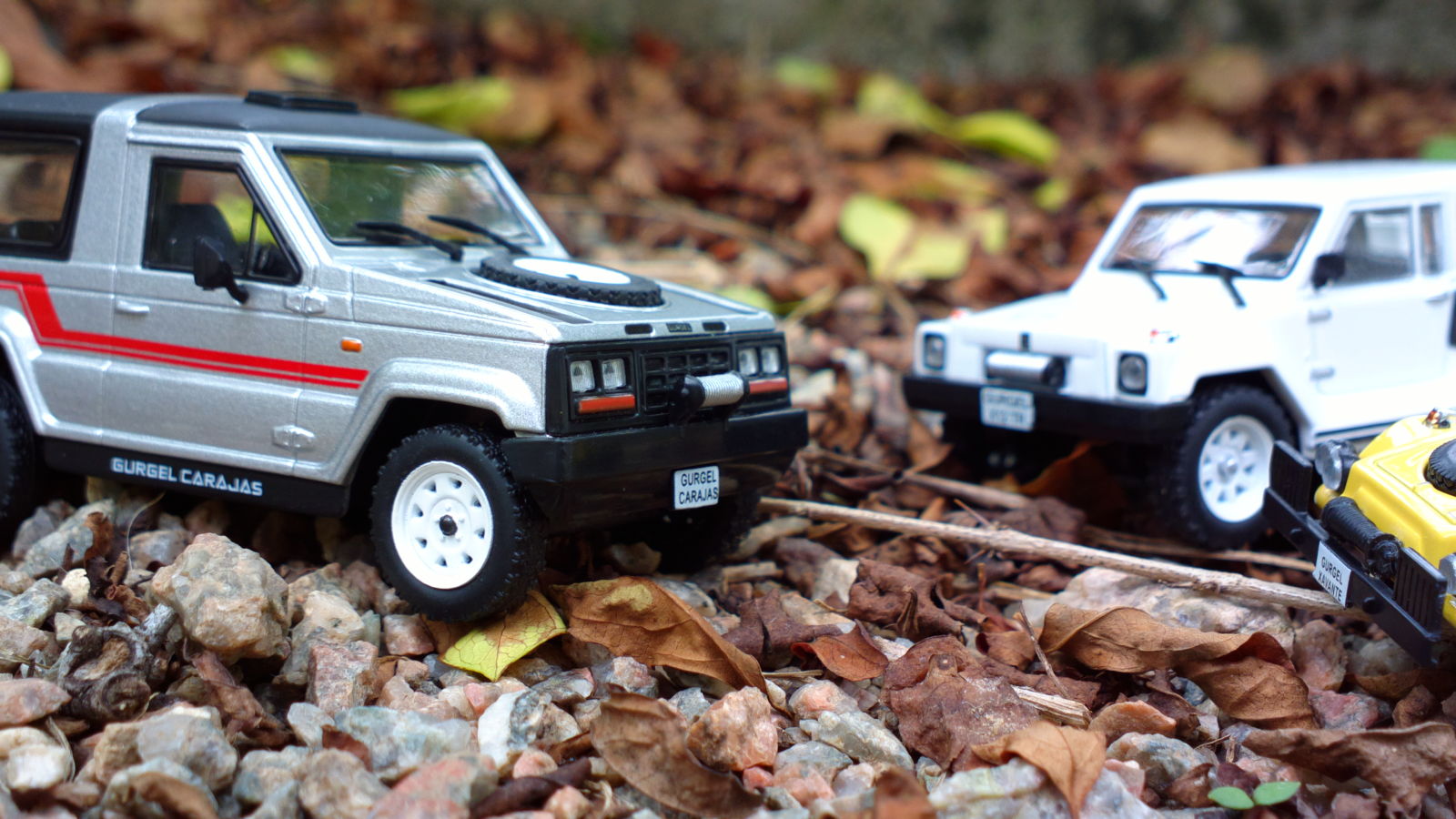
Always keen to market niches, Gurgel perceived the opportunity of making a bigger, luxury offroader. He was essentially projecting the first SUV. The result? The Gurgel Carajás. A very capable offroader, very comfortable, and the first Gurgel to have a watercooled engine, the mythical VW AP 1.8l.
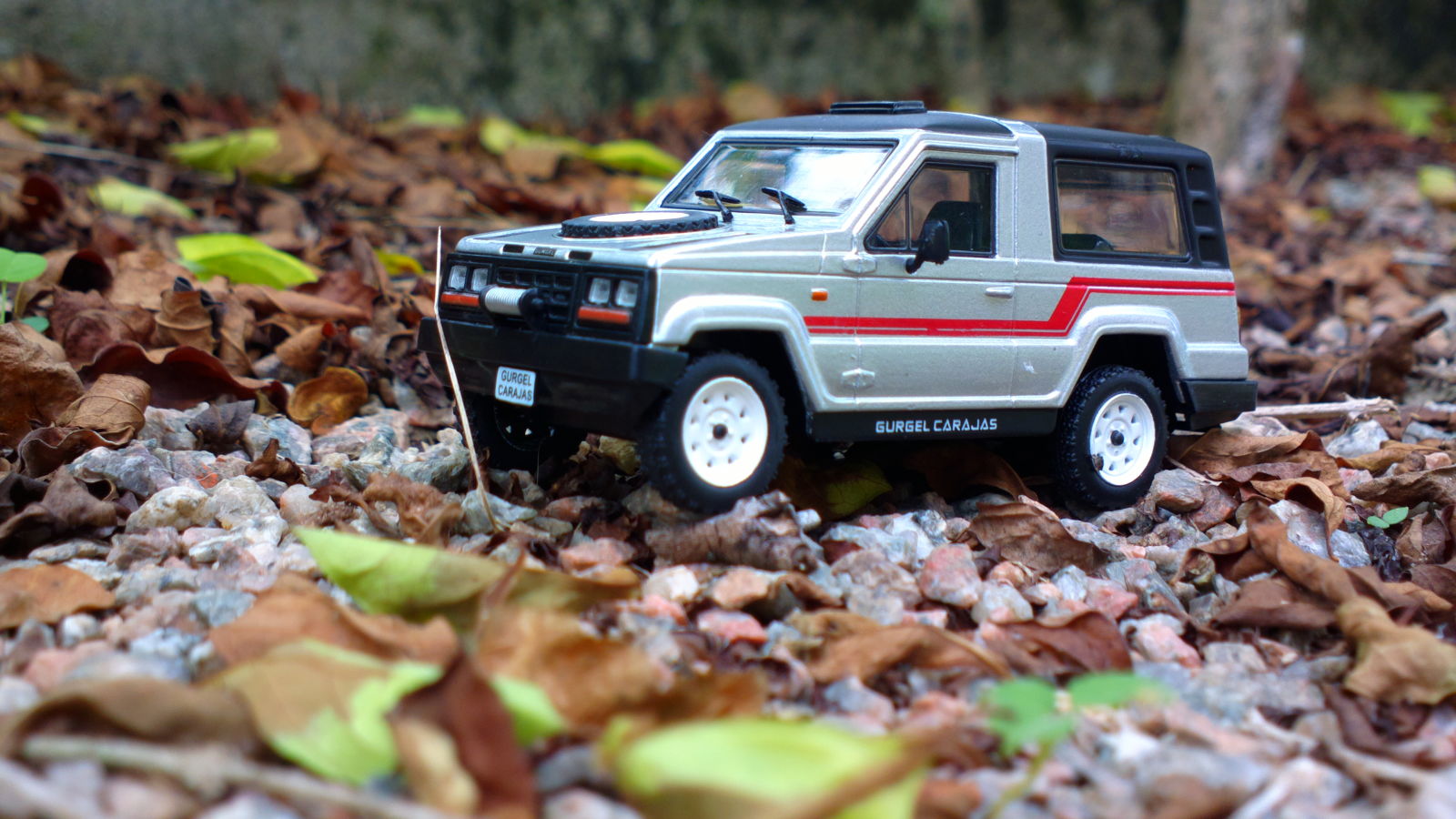
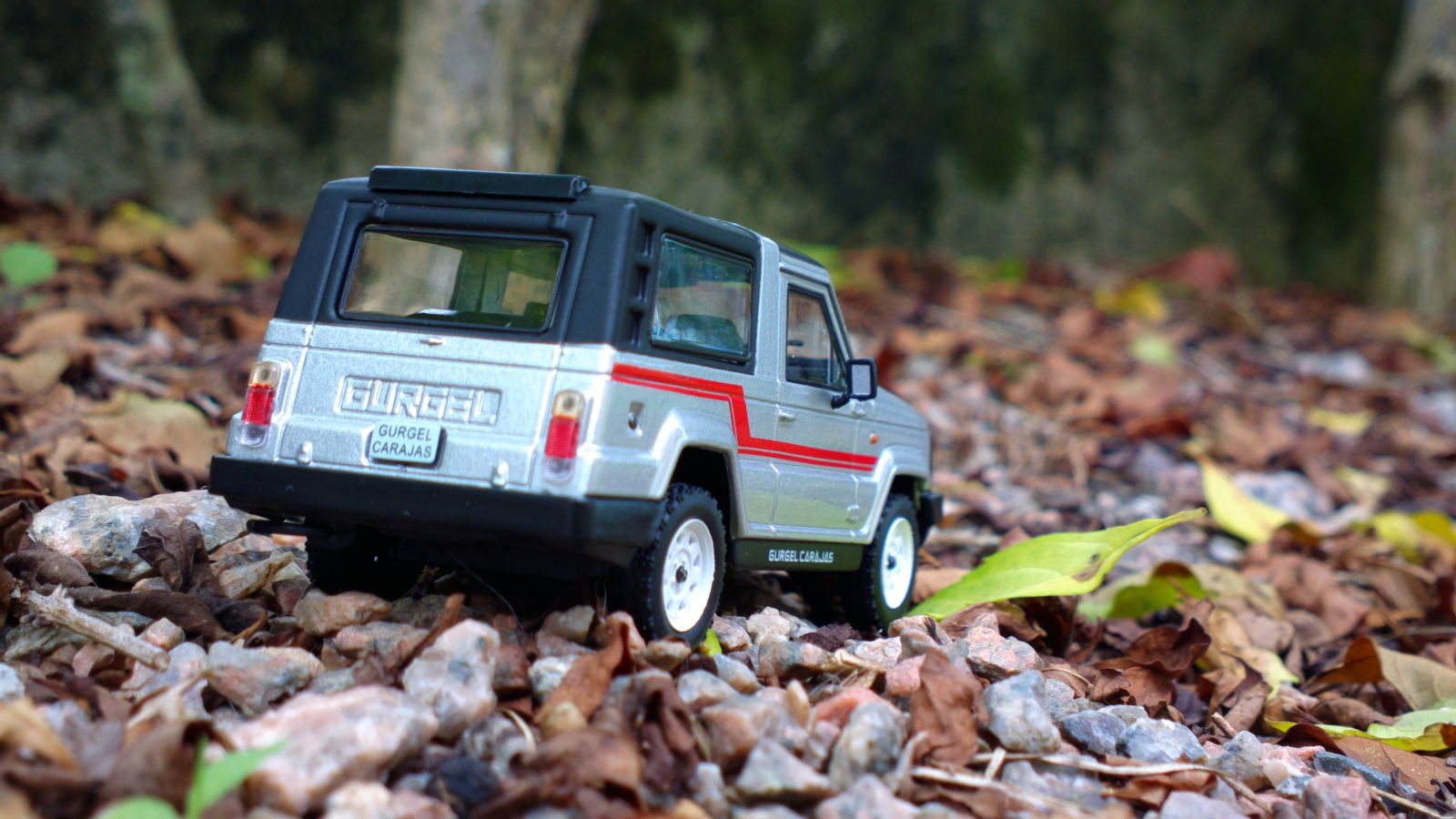
![Illustration for article titled [Samba Sunday Special] Gurgel: Sonhos também enferrujam](./g65vzertabxpxbxcxlej.jpg)
Everything was super fine until then. Gurgel grew fast, built cars that everyone wanted, exported a lot, but a small thing still bothered Amaral Gurgel. Remember his graduation when he needed to stash his city-car projects to project a crane? Those projects gave birth to the CENA, Carro Econômico NAcional (National Economic Car). Even though his cars were very advanced and unique, they still weren’t completely Brazilian, since they used some VW parts. The CENA should be 100% tupiniquim. But he needed money.
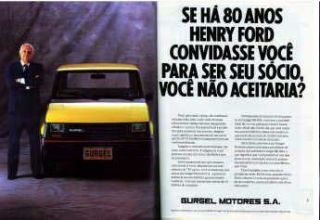
Gurgel started selling stock shares of his company to raise the cash. His advertising campaing was brilliant: If, 80 years ago, Henry Ford invited you to be his partner, wouldn’t you accept it? With this campaign he sold more than 90% of Gurgel’s stock shares, and raised enough money to expand the factory and continue the CENA project (pictured above). In 1988, the project finally came to an end, and the Gurgel BR800 was introduced to the Brazilian market.
![Illustration for article titled [Samba Sunday Special] Gurgel: Sonhos também enferrujam](./rfqzq2xnf6n4qauqi4cq.jpg)
Finally, Gurgel’s adolescence dream came to fruition: A true, 100% Brazilian made car. The engine was Gurgel’s made Enerton unit, a 2 cylinder boxer 800cm³ powerplant. With a lightweight body and a small engine, it could do more than 25 km/l (more than 57 mpg)!
![Illustration for article titled [Samba Sunday Special] Gurgel: Sonhos também enferrujam](./jihffkrjgjnnkrehcjw0.jpg)
Gurgel had to expand again. The company bought a 640,000 m² land on the northeastern state of Ceará to built their biggest factory, to make both cars for the domestic market and for exportation. They bought machinery from Citroën to make gearboxes, and made orders for more machines to produce the plastic and fiberglass bodies and the enerton engines. With the big plant built and the equipment on the boxes, they threw a big inaugural party in December, 1991 for marking the start of a new era.
![Illustration for article titled [Samba Sunday Special] Gurgel: Sonhos também enferrujam](./ksscwfxvi1ue5wtggfo3.jpg)
After all was bought, the Brazilian goverment changed their mind, and decided not to help Gurgel anymore. Gurgel needed the money to build the factory, he couldn’t had paid for everything alone! So with the government getting out, he was now buried under heavy debt. Still, they could make some cars there. In the beggining of 1992 Gurgel took a death blow: The customs office auditors went on a strike, holding the gearboxes that were coming from Argentina. Buried in debt and without parts to build new cars (and make money), the production fell hard. They went bankrupt in 1993.
![Illustration for article titled [Samba Sunday Special] Gurgel: Sonhos também enferrujam](./iejrafvfn7pzafx0g3e3.jpg)
Gurgel’s swansong was the Motomachine, based on the BR800. With clear plexiglass doors, it should give the sensation of riding a motorbike with the safety of a car. They made some 20 or 30 of those, but finally went completely bankrupt in 1996.
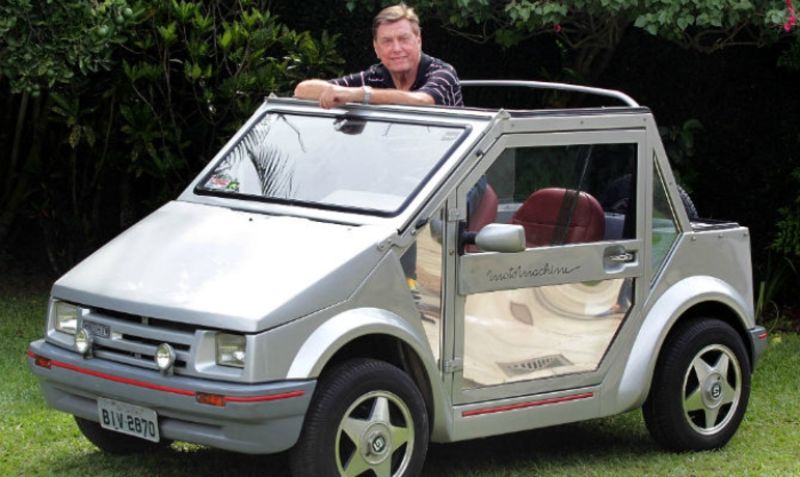
The goverment made several auctions to sell what remained of Gurgel’s factories and equipments, but couldn’t sell them all. The chassis and bodies were bought in 2007 by 15 million reais. The Gurgel company name was bought by just R$850 in 2004, and the buyer now sells chinese trikes under Gurgel’s name. João Augusto Conrado do Amaral Gurgel finally died of Alzheimer’s in 2009, 83 years old.
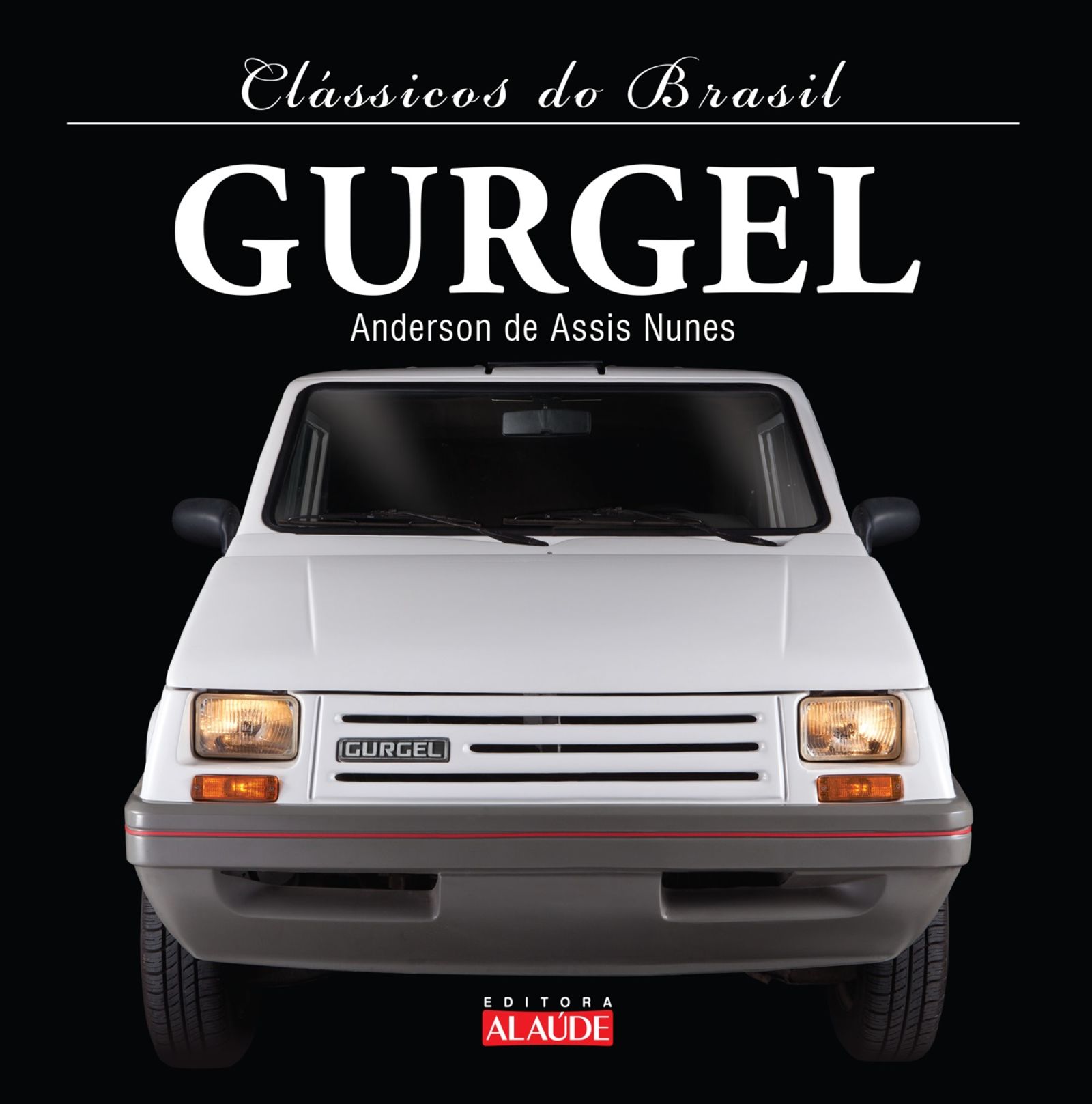
During more than 27 years Gurgel put more than 40,000 cars on Brazilian streets, and many more on other countries. Gurgel had the honor of projecting and building the first true Brazilian car. Many attribute his failure to his inflexibility against the Proalcool program: He used to say “soil is to plant food, not fuel”. A true visionary, a man ahead of his time, but even though his dreams were plastic with fiberglass, they also rusted.